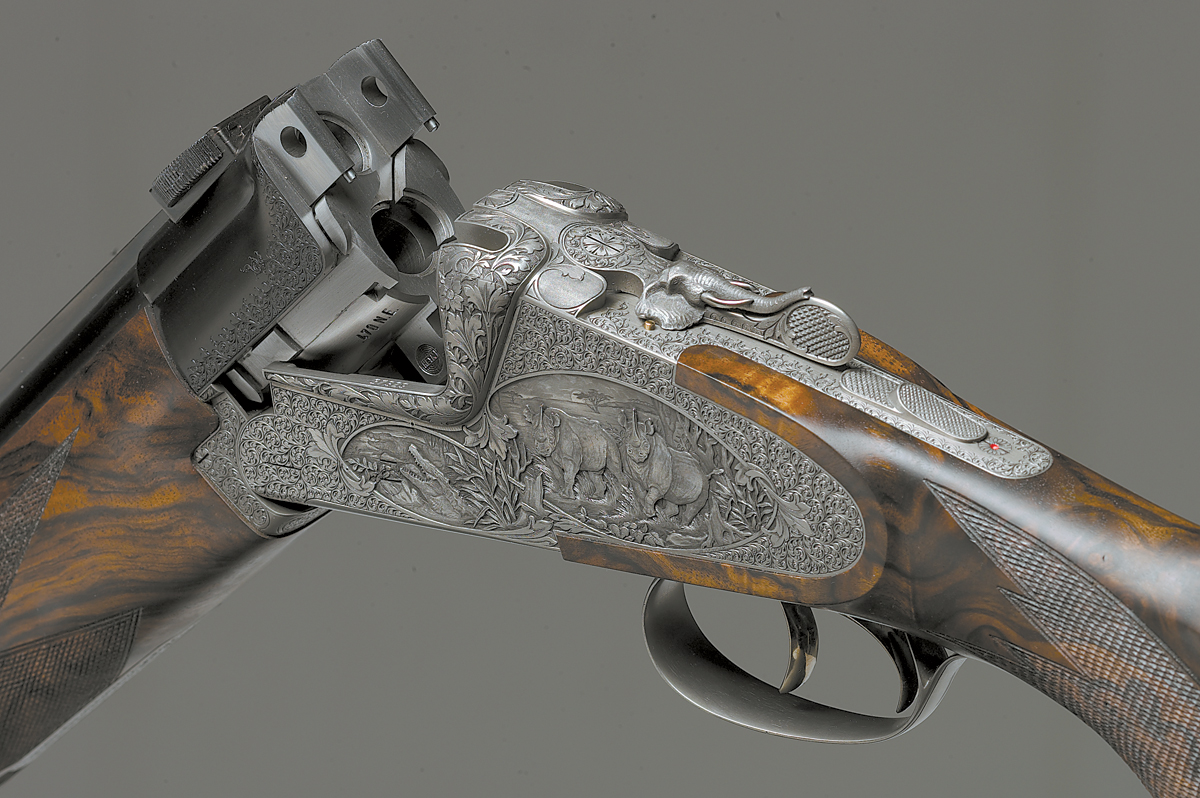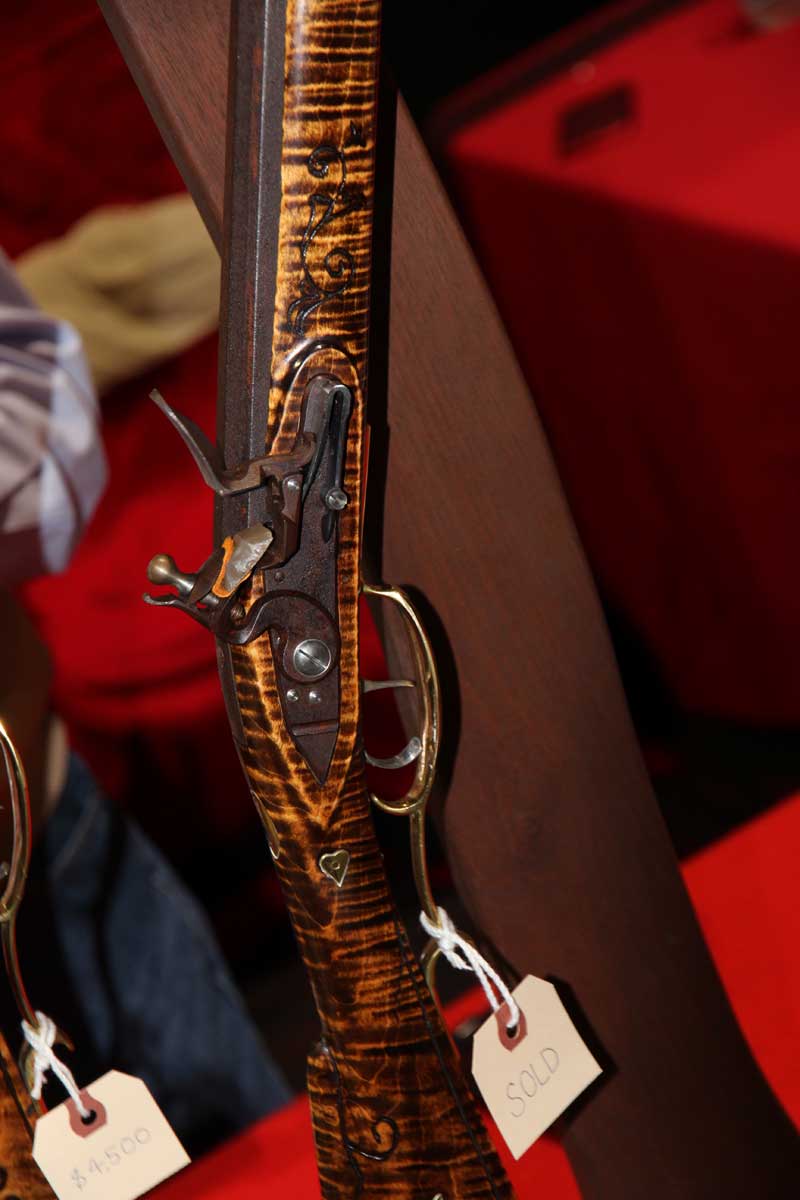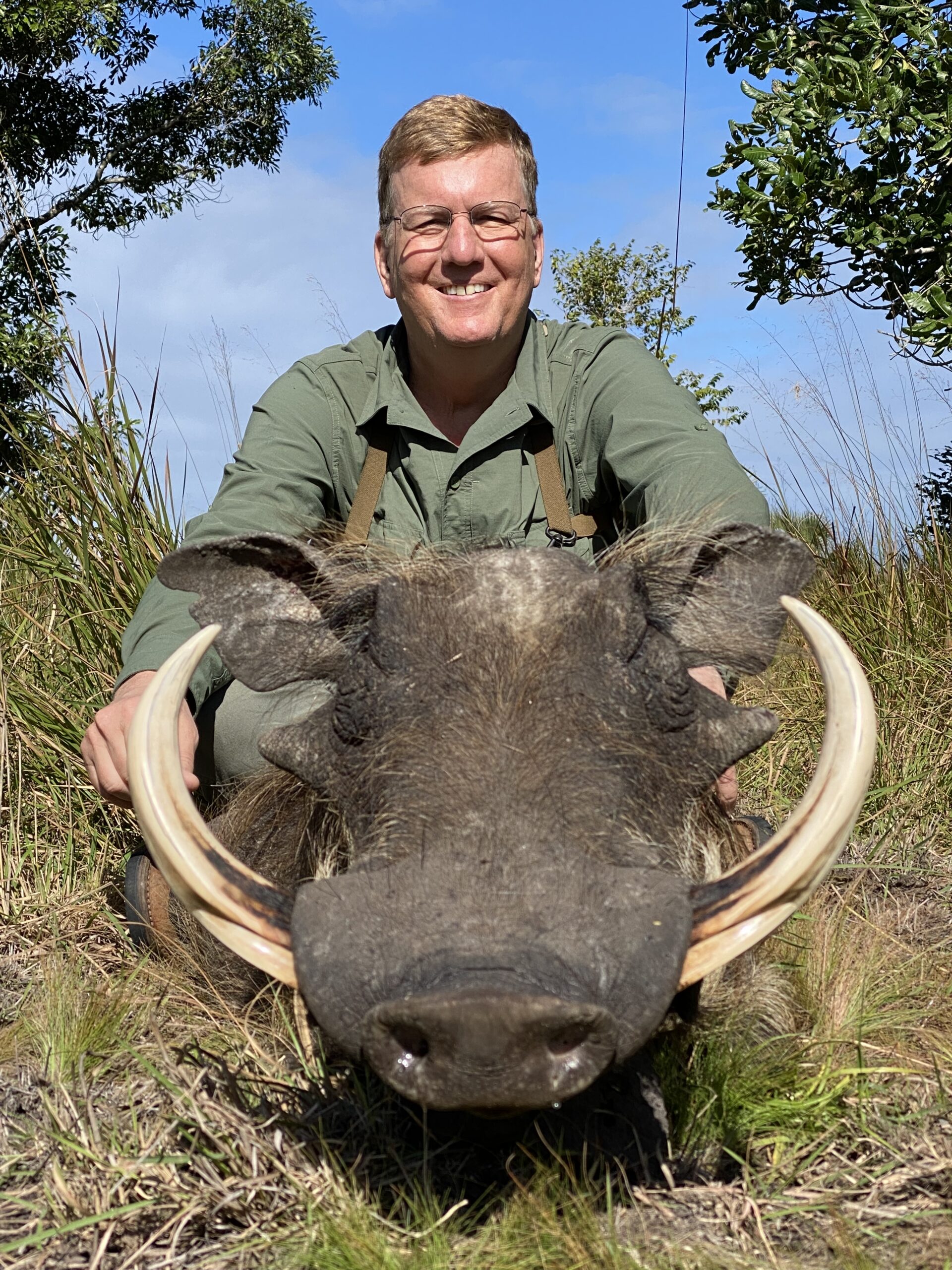 To begin with a quote from Lucian Cary, long-time gun editor of True magazine, “I do not go in for collecting guns. I never buy a gun unless I really need it. As a matter of fact, I really only need about a dozen, or possibly fourteen, more guns than I have now.”
To begin with a quote from Lucian Cary, long-time gun editor of True magazine, “I do not go in for collecting guns. I never buy a gun unless I really need it. As a matter of fact, I really only need about a dozen, or possibly fourteen, more guns than I have now.”
That is an attitude familiar to most of us who spend our waking hours working with guns and our sleeping hours dreaming about them. Cary may not have been a gun collector — at least not by a purist’s definition — but he was certainly an accumulator. As a friend of mine once remarked, “I don’t collect guns, but I do seem to acquire them.”
I’m not a gun collector either, but in my case an inordinate number of them seem to follow me home, like abandoned kittens. And, like kittens, it would be inhumane not to offer them a safe haven.
Ja mes J. Grant was an unapologetic collector of single-shot rifles and wrote five books about them. From 1947 to the 1990s he was the acknowledged expert on the subject. Inadvertently, he also became an expert on gun collectors. After 50 years of close study from the inside, he admitted late in life that the gun collector was a subspecies he could not explain.
mes J. Grant was an unapologetic collector of single-shot rifles and wrote five books about them. From 1947 to the 1990s he was the acknowledged expert on the subject. Inadvertently, he also became an expert on gun collectors. After 50 years of close study from the inside, he admitted late in life that the gun collector was a subspecies he could not explain.
Some collectors never fire a gun and consider it a sin to do so. Others want to collect only guns that are guaranteed never to have killed a man, while others want only pieces that have. Some insist on mint condition, uncontaminated by gunsmoke, while still others want only guns that have obviously been used. That way, they can spend long winter evenings sipping something stimulating and speculating on where the gun has been; in the later stages of stimulation, they may begin direct communication with the spirit of the gun itself.
Grant knew of men — and gun collectors are almost without exception, men — who would spend a lifetime acquiring an example of every model of a particular gun and, when the collection was complete, liquidate it and start over with something new.
I cannot imagine Lucian Cary ever acquiring a rifle, pistol or shotgun that he did not or could not shoot. That is, after all, what they are made for. And, he wrote, his interest in rifles lay in finding out “what they could do and, if possible, why.” As a friend of legendary barrel-maker Harry M. Pope, Cary observed first-hand how painstaking workmanship contributed to the level of performance in a rifle. And, as a competitor in both offhand and benchrest matches, using mostly Pope-Ballards, Cary experienced the feeling that comes when both you and the rifle perform to the best of your abilities.
Cary’s interest in shooting was too eclectic to limit him to just one field of firearms. As gun editor of True, he roved far and wide for his monthly articles. One time, he and a photographer travelled from New York by train, taxi, car and, finally, on foot to reach a remote cabin in Kentucky where an old-time riflemaker still plied his trade, doing everything by hand. Another time, he went to Georgia to visit an instructor in self-defense shooting (unusual in the 1950s) and another he was in Chicago to see a man who sold the highest-end guns to the highest-end collectors.
For several years, Cary’s articles were collected in annual anthologies called Lucian Cary on Guns, and they are every bit as worthwhile today as are old issues of Gun Digest. He became best-known in later years for his series of short stories about a fictional barrel-maker named J.M. Pyne, based on Harry Pope. The fact that he could sell these stories to a top-flight national general-circulation magazine such as Saturday Evening Post says a lot about Cary’s ability as a writer as well as the attitudes of mainstream Americans in the years before and after World War II.
When questioned about his passion for guns, however, Cary was unapologetic. He also came closest to explaining gun collectors, “My enthusiasm for rifle and pistol shooting is like the madness of golfers, or dry-fly fishermen, or collectors of antiques, except that it is a reasonable enthusiasm.”–Terry Wieland




